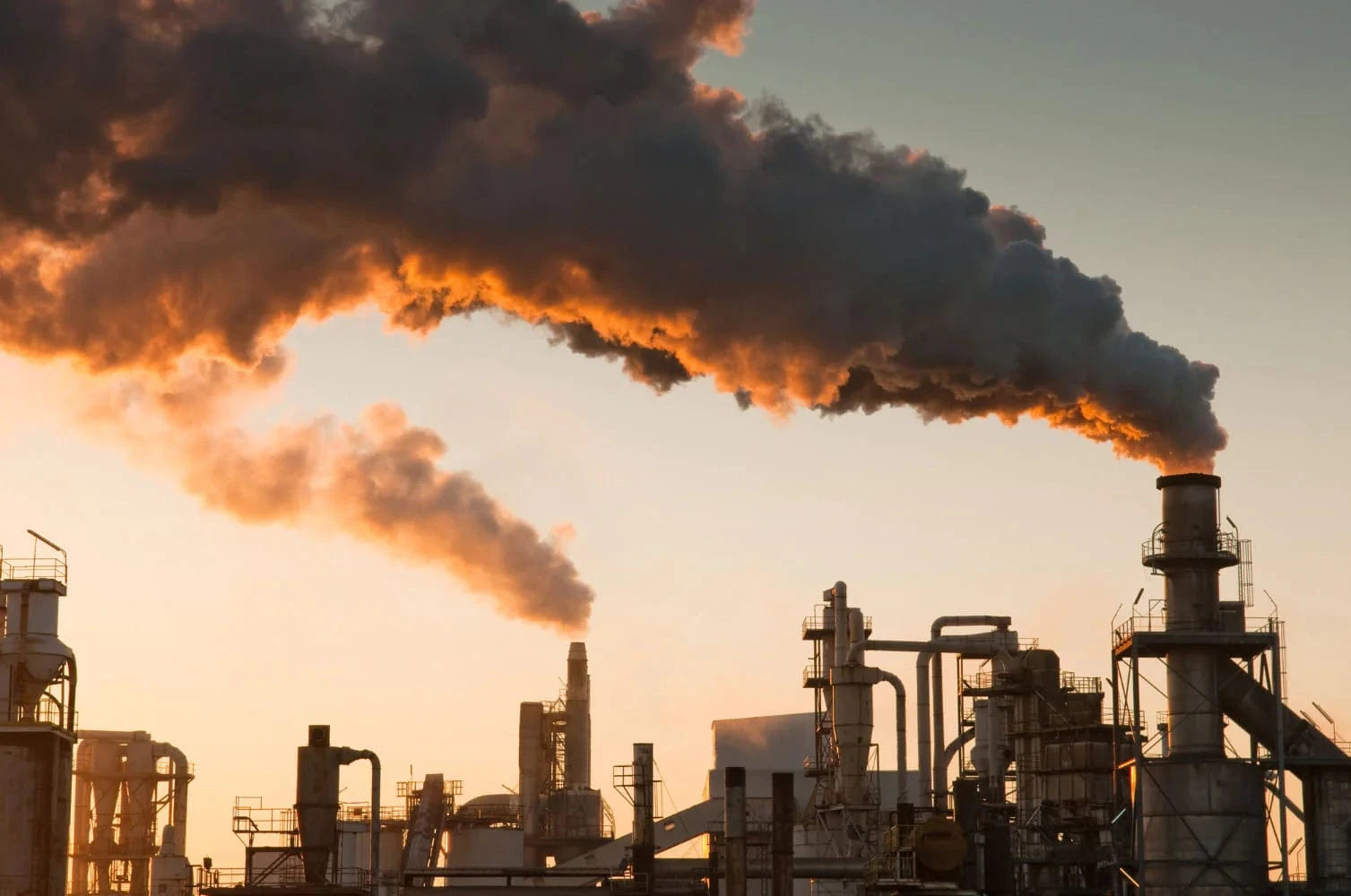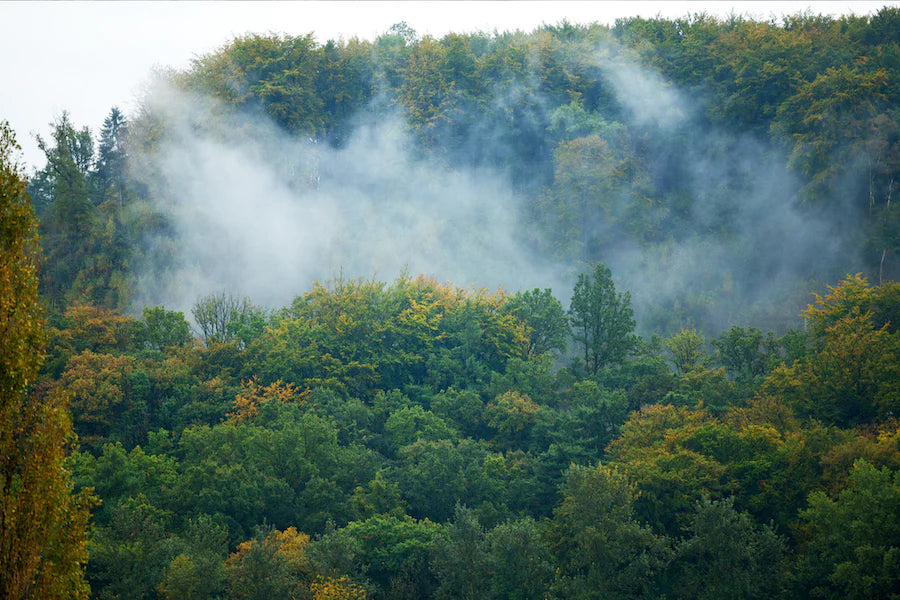Plant Trees

Support Global Reforestation! Plant trees where they’re needed most: Plant trees
About
Stay up to date on major announcements, exciting collaborations, and more.Visit our Newsroom
We make it simple for anyone to plant trees, and together we can make an incredible impact. Learn more

Stay up to date on major announcements, exciting collaborations, and more.Visit our Newsroom

We make it simple for anyone to plant trees, and together we can make an incredible impact. Learn more
Get Involved
Become a business partner to improve your company’s sustainability initiatives and make an impact. Learn more
See how your support and leadership can help us fund reforestation efforts across the globe. Learn more

Become a business partner to improve your company’s sustainability initiatives and make an impact. Learn more

See how your support and leadership can help us fund reforestation efforts across the globe. Learn more
Learn
Read about stories from the field, interesting facts about trees and get your healthy dose of nature. Visit our blog
Comprised of lesson plans, learning modules, resources, and activities, our T.R.E.E.S. School Program is the perfect addition to your curriculum. Learn more

Read about stories from the field, interesting facts about trees and get your healthy dose of nature. Visit our blog

Comprised of lesson plans, learning modules, resources, and activities, our T.R.E.E.S. School Program is the perfect addition to your curriculum. Learn more
Shop
Our fan-favorite Reforestation T-Shirt. Wear it with pride to show your support of reforesting our planet, one tree at a time. Shop now
Give the gift that lasts a lifetime! Choose an image, write your personalized message and select a delivery date to gift a tree. Gift a tree

Our fan-favorite Reforestation T-Shirt. Wear it with pride to show your support of reforesting our planet, one tree at a time. Shop now

Give the gift that lasts a lifetime! Choose an image, write your personalized message and select a delivery date to gift a tree. Gift a tree
Get Involved
Plant Trees
Get news, updates, & event Info delivered right to your inbox:
Trees Play an Important Role in Improving Air Quality by Reducing Air Pollution and Absorbing Greenhouse Gases
From helping to clean our water to providing food and shelter, relieving our stress, and promoting jobs, the benefits of trees to people and the environment are well documented. In addition to releasing clean oxygen for us to breathe, trees play a critical role in improving air quality by removing air pollutants and greenhouse gases from the atmosphere. In the contiguous United States alone, urban trees remove an estimated 711,000 metric tons of air pollution every year.

How does air pollution and the air quality index affect human health?
For many communities around the world, poor air quality is a critical issue that negatively impacts human health, damages landscapes and ecosystems, reduces visibility, and more. Air pollution in the form of particulate matter is linked to a range of human health conditions including bronchitic symptoms, increased risk for glaucoma, heart attacks, changes in vascular function, autism, high blood pressure, cognitive development problems in children, heart failure, and increased mortality.
Here's how a few common air pollutants have been known to impact human health:
- PM2.5, which is the main culprit behind the hazy skies that are a familiar sight for many of us, can cause serious health issues when it's inhaled.
- SO2 and NO2 are harmful to our respiratory systems. They also react with other airborne substances to create more particulate pollution, and contribute to acid rain.
- Ground-level ozone can be harmful to our health when breathed in, and impacts sensitive vegetation — particularly during the growing season
- CO can be deadly when it accumulates indoors, and reduces the amount of oxygen that is transported via our bloodstream to critical organs such as the heart and brain

How Trees Reduce Air Pollution
Do trees help with air pollution? Absolutely. According to the US National Park Service, planting trees helps to improve air quality through 3 key impacts:
- Altering the concentration of pollutants by reducing air temperatures
- Reducing energy consumption in buildings (particularly for temperature control), which in turn reduces the consumption of energy from polluting sources
- Directly removing pollutants from the air
These impacts combine to createpowerful, lasting effects for the the communities where trees are planted.
The Two main types of pollutants that trees remove from the atmosphere:
- Gaseous air pollution: Tiny pores on the leaves of trees, called stomata, inhale air that contains toxic pollutants. Once absorbed, gases, including pollutants such as SO2, NO2, CO, and ozone, diffuse within the inner surfaces of the leaves, and are broken down.
- Particulate matter:Trees remove some particulate matter from the air by temporarily "catching" it on their vegetative surfaces. When it rains, these particulates wash off of the tree and are carried into the soil or dissolve into stormwater.

How Do Trees Produce Oxygen?
Trees produce oxygen through a process that you've probably heard of; photosynthesis. The tree's leaves absorb carbon dioxide and water from the air, and use solar energy to convert it into chemical compounds, including sugars, that it can consume as food. Oxygen is a by-product of this process and is released by the tree. It has been estimated that, thanks to this process, one large tree can provide a day's supply of oxygen for up to 4 people.

how much co2 do trees absorb?
In addition to absorbing airborne pollutants and releasing clean oxygen for us to breathe, trees absorb carbon dioxide from the atmosphere and use it to build their leaves, branches, trunks, roots, and the soil.
To determine the amount of carbon dioxide a tree can absorb, we combine average planting densities with a conservative estimate of carbon per hectare to estimate that the average tree absorbs an average of 10 kilograms, or 22 pounds, of carbon dioxide per year during the first 20 years of growth.
That adds up to a powerful impact on our climate, but it's just the tip of the iceberg when it comes to the benefits of trees and forests. Want to be part of the solution? Plant a tree today!
Get news, updates, & event Info delivered right to your inbox:
Meaghan Weeden
Meaghan works to share our story far and wide, manages our blog calendar, coordinates with the team on projects + campaigns, and ensures our brand voice is reflected across channels. With a background in communications and an education in environmental conservation, she is passionate about leveraging her creativity to help the environment!
Related Posts
Why Healthy Forests are Critical for Biodiversity
16/05/2024 by Meaghan Weeden
10 Ways to Prevent Forest Fires
14/05/2024 by Meaghan Weeden
12 Ways to Prevent Biodiversity Loss
09/05/2024 by One Tree Planted
Popular On One Tree Planted
5 Causes of Deforestation
15/02/2024 by Meaghan Weeden
Inspirational Quotes About Trees
23/01/2024 by Meaghan Weeden
How to Reduce Waste: 21 Ideas for Zero Waste Living
16/01/2024 by Meaghan Weeden





